The Basics!
Like many, I want colour in my garden throughout the season without much fuss. I don’t have time to tend to perennials every day, so I need plants that will thrive and be workhorses. They must be tough, colourful, long-blooming, require little care or deadheading, and require little water.
As a few of Gabby’s Facebook followers requested, I’ve created a list of my’ 10 Best Perennials’ for primarily sunny locations. These perennials are long-blooming and easy-care for Zone 4+ gardeners.
What you need to know before you begin
If you are looking for low-maintenance perennials that thrive in the sun, remember they need to be well-established before considering them low-maintenance. All newly installed perennials need water for the first two growing seasons to establish strong roots. This means watering at least three times per week in the first season and twice a week in the second growing season and ensuring water during drought. Letting perennials wilt from a lack of water will damage the plant tissues. For more details, see my blog ‘Plant Science! Why do plants wilt in your garden?’ from March 25, 2020.
Here are a few of my favourite perennials for sun, that are long blooming, and are relatively low maintenance:
1. Purple Sprite Hybrid Phlox (Phlox Hybrid) New in 2019
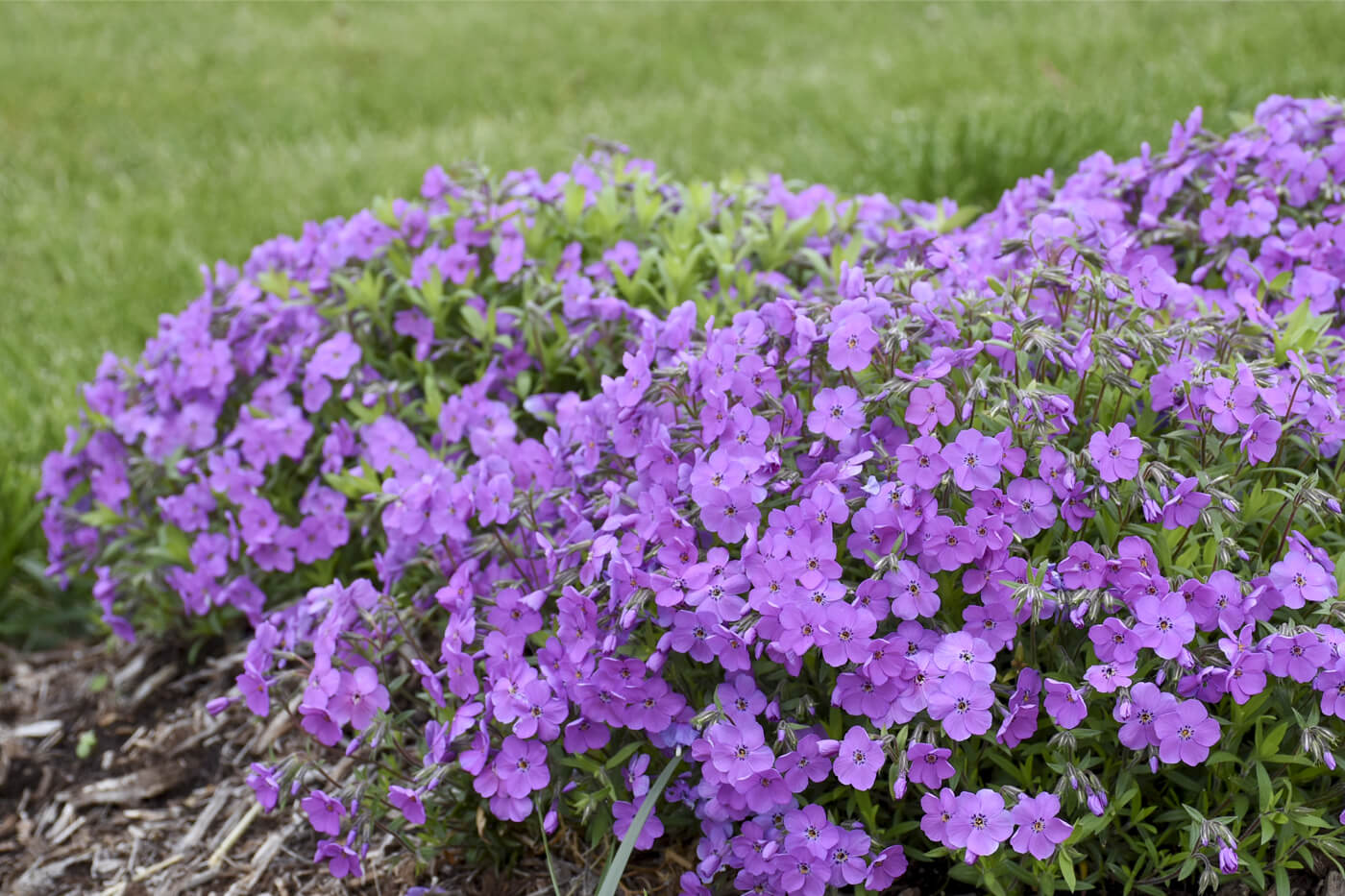
This hybrid phlox forms a low, mounding habit of bright purple flowers with a tiny white halo in the centre. It blooms about a week after creeping phlox blooms, does not spread aggressively, and is salt-tolerant, so it is perfectly located along a walkway. It attracts bees and butterflies. I started using this little beauty a couple of summers ago and was impressed with the length of bloom time and the excellent flower colour. It’s a zone 4 rating that blooms in late spring and early summer.
2. Cat’s Pajamas Catmint (Nepeta) New in 2019
This is a long-blooming perennial perfect for small gardens. When in bloom, the indigo-blue flowers are produced from the ground to the flower tips, providing an intense splash of colour. Rosy purple calyxes extend the colour when the blooms are past their peak. Cat’s pajamas catmint has fragrant flowers and foliage, is heat—and drought-tolerant, and attracts bees, butterflies, and hummingbirds. It’s a zone 4 rating and blooms in early summer.
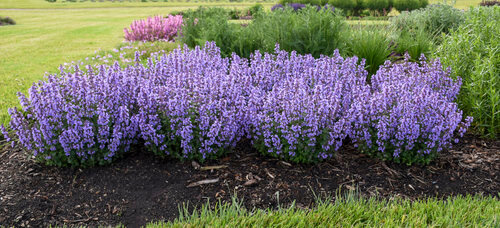
3. Little Goldstar Brown-eyed Susan (Rudbeckia) Old Favourite New Look
Little Goldstar is a compact variety that stands only knee-high. It offers more blooms on a tighter habit and is excellent for containers as well as a sunny border. Loads of yellow daisy-like flowers surround a prominent brown cone that, in winter, provides a healthy snack for birds. Flowers are great for fresh or dried floral bouquets and are very attractive to native bees in summer. It attracts butterflies, hummingbirds, and songbirds to the garden—this zone 4 plant blooms from August until frost with a bit of dead-heading.
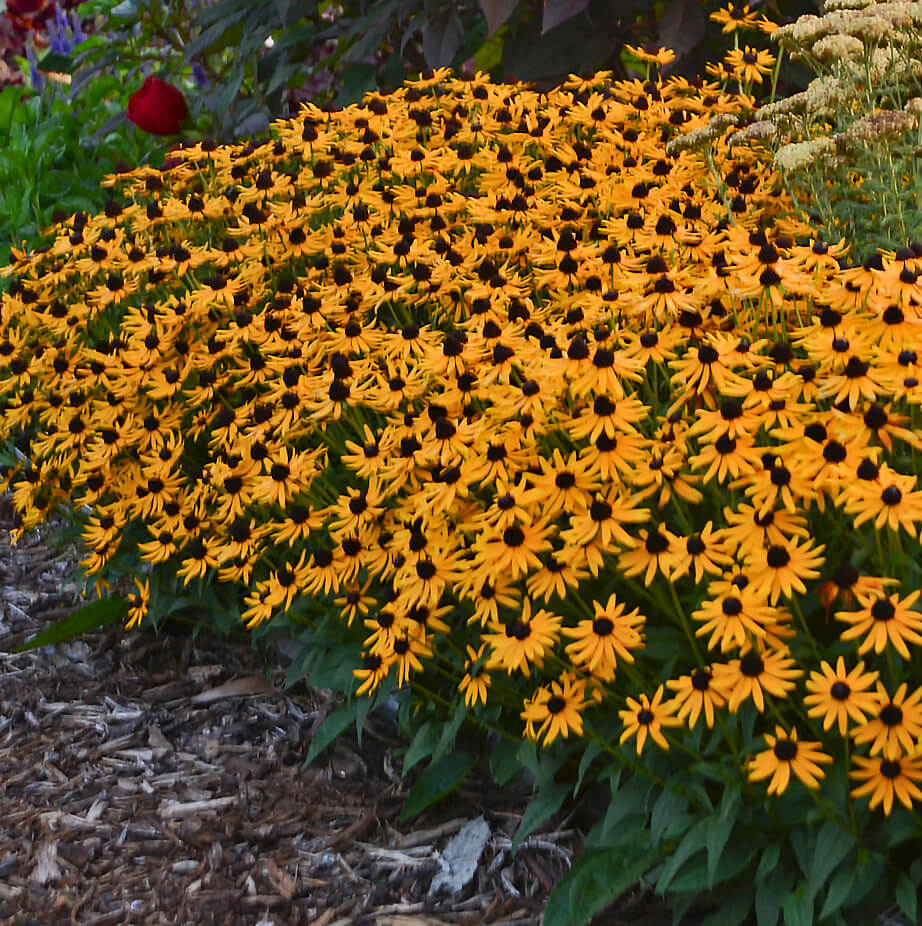
4. ‘White Wands’ Speedwell (Veronica) Old Favourite
Pure white flower wands are borne atop the short, dense clump of dark green foliage. This attracts bees and butterflies, is long-blooming and salt-tolerant, and is great along a walkway. It’s zone 4, with blooms in June and July.
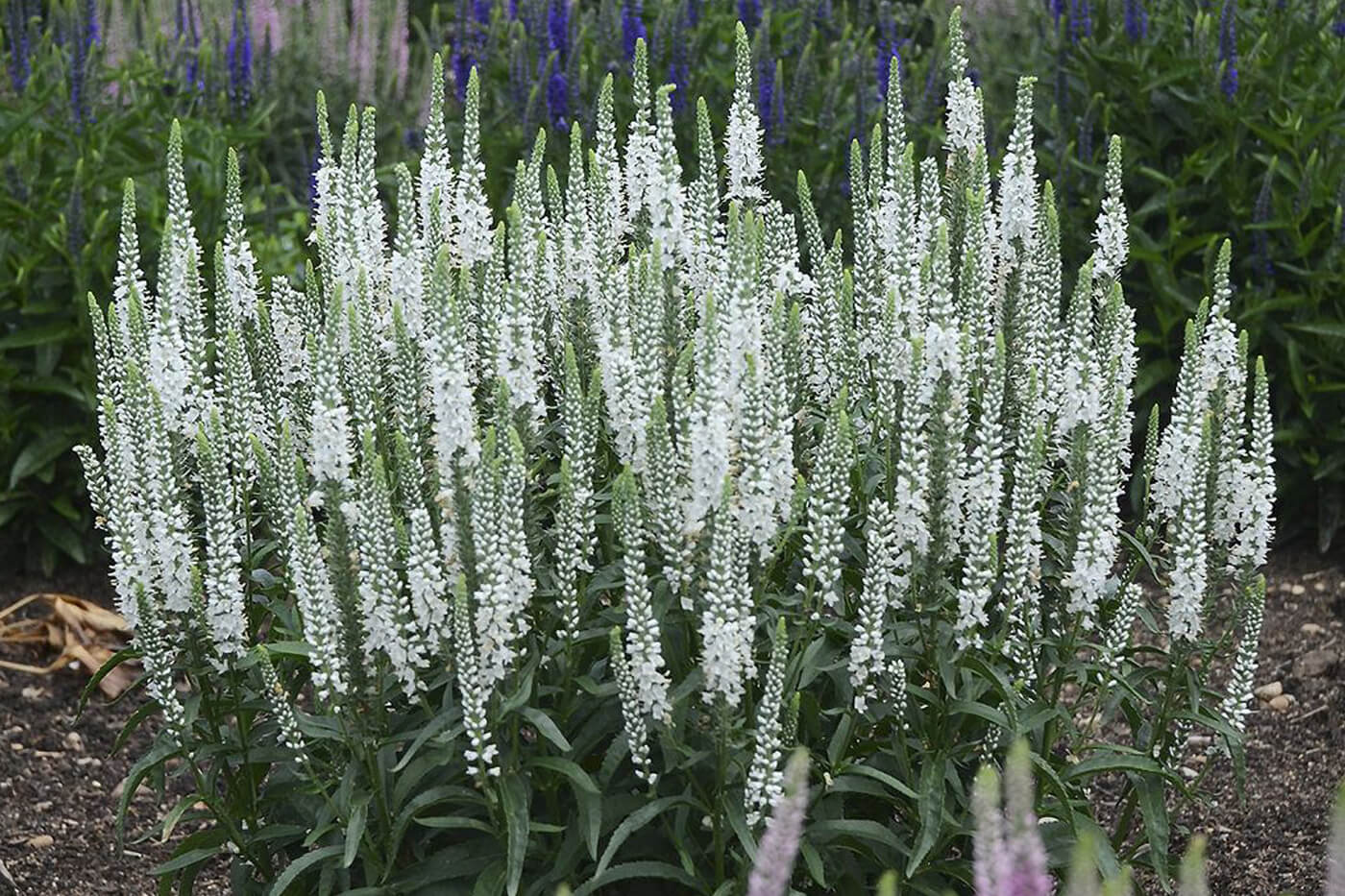
(Proven Winners)
5. Pardon My Pink Beebalm (Monarda) New in 2019
Are you looking for a magnet for hummingbirds? Try this petite selection of beebalm from the ‘Pardon My’ series. Reaching only 12 inches in height, this compact selection boosts medium pink flowers measuring 2-3 inches across. It attracts butterflies, bees, and hummingbirds with fragrant flowers and foliage. It is a zone 4 plant that blooms in August. Note: Growing beebalm near tomatoes in the garden is said to improve the health and flavour of the tomatoes.
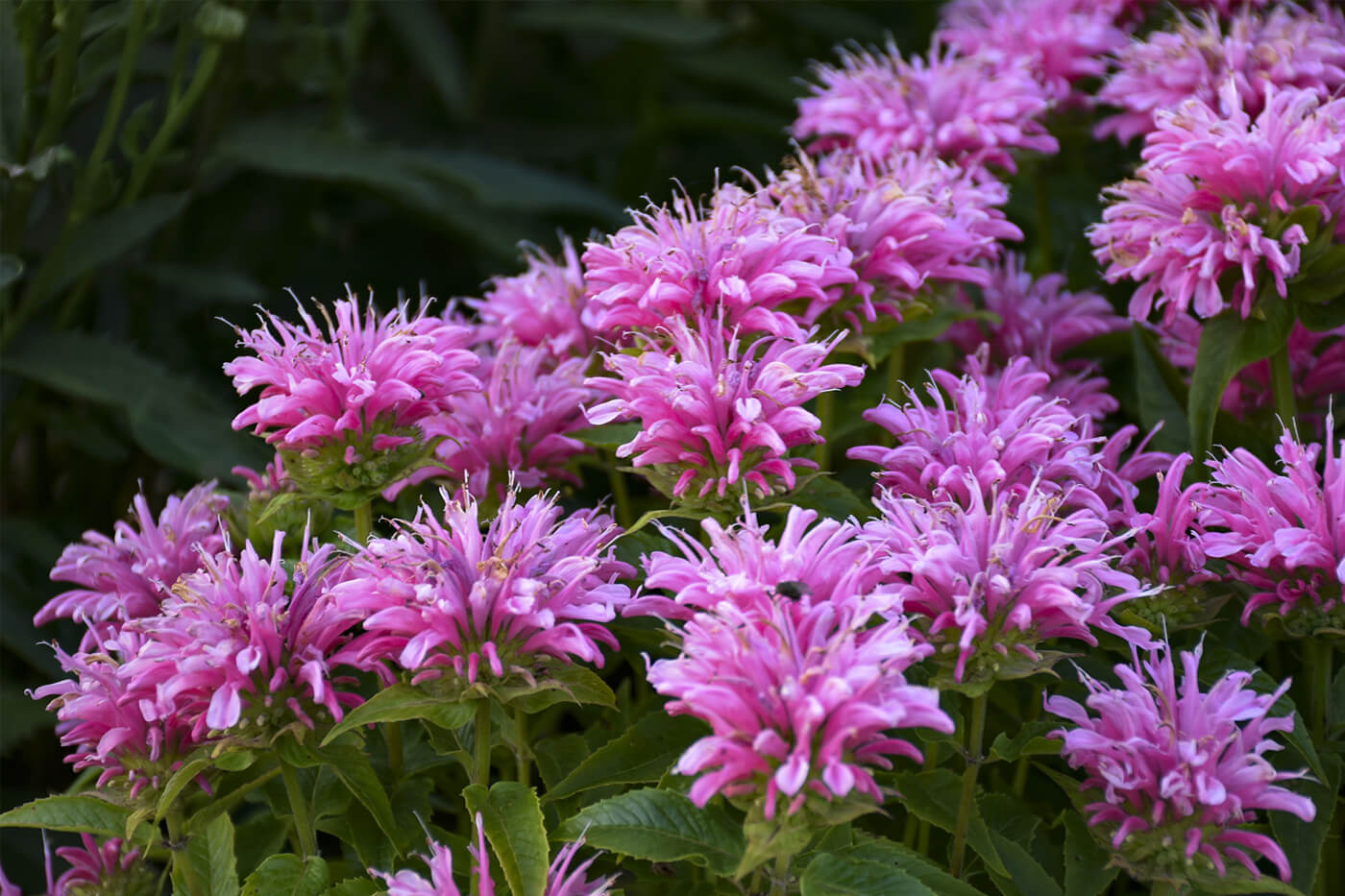
6. Rainbow Rhythm ‘Going Bananas’ Daylily (Hemerocallis)
I don’t usually list daylilies as one of my favourites; however, I like this one. It’s one of the best yellow re-blooming daylilies available on the market. Lightly fragrant, lemon-yellow flowers open above the relatively short clump of attractive green foliage. It blooms early in the season and continues through the heat of summer and into fall. Use in mass plantings or anywhere low-maintenance perennials are needed. It attracts bees, butterflies, and hummingbirds and is very easy to care for in Zone 4—blooms in early July and then again in late August.
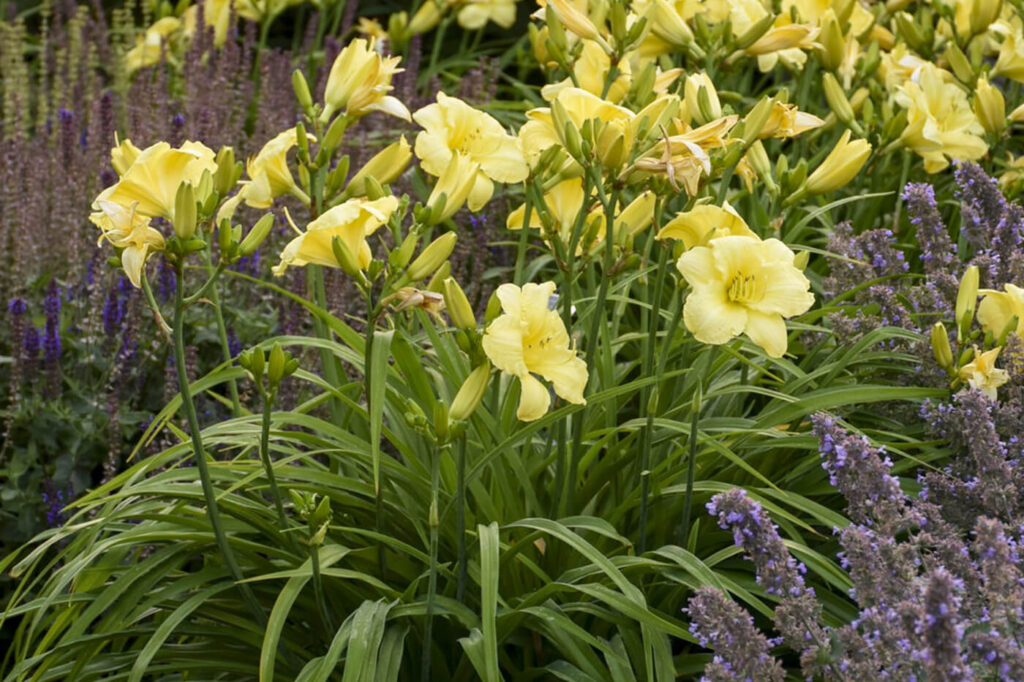
7. Blue Fortune Hyssop (Agastache) Old Favourite, I Really Like
A long-blooming selection (six-plus weeks) for the middle to back of the border with tall wands of dusky violet-blue flowers. These plants form a compact bush of licorice-scented green leaves. Both the flowers and leaves are edible and fun to sprinkle into salads. Removing faded blooms will help lengthen the flowering time. This is a hybrid of a native North American wildflower and, therefore, a good choice for a naturalized meadow. I like to place this perennial in front of taller ornamental grasses. It attracts butterflies, native bees and honeybees. It’s deer and rabbit resistant. It grows in Zone 4 and blooms in late July.
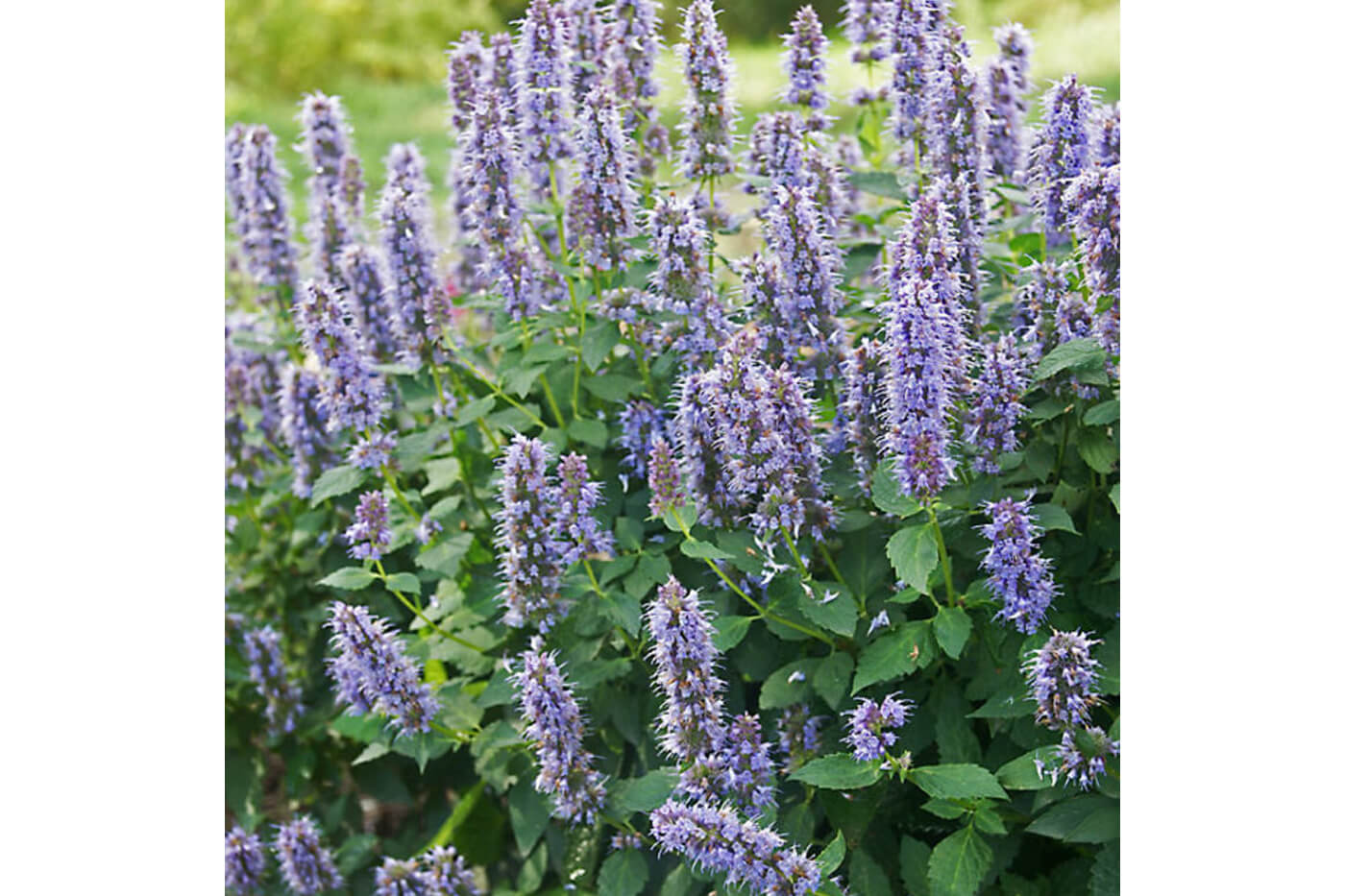
8. Firetail Fleeceflower (Persicaria) Old Favourite
Fleeceflowers are widely used in European gardens and are becoming more popular in North America. Plants form a tall, spreading clump of leathery green leaves, bearing long spikes of poker flowers beginning in midsummer, right through the fall. This selection features crimson-red spikes. Give this plant some elbow room, as it can be pretty large. It’s lovely for mass planting in dry or moist areas. Excellent for cutting. While this plant is a steady spreader, it is not considered invasive. It attracts butterflies and hummingbirds. It’s deer and rabbit resistant. It can be grown in Zone 4.
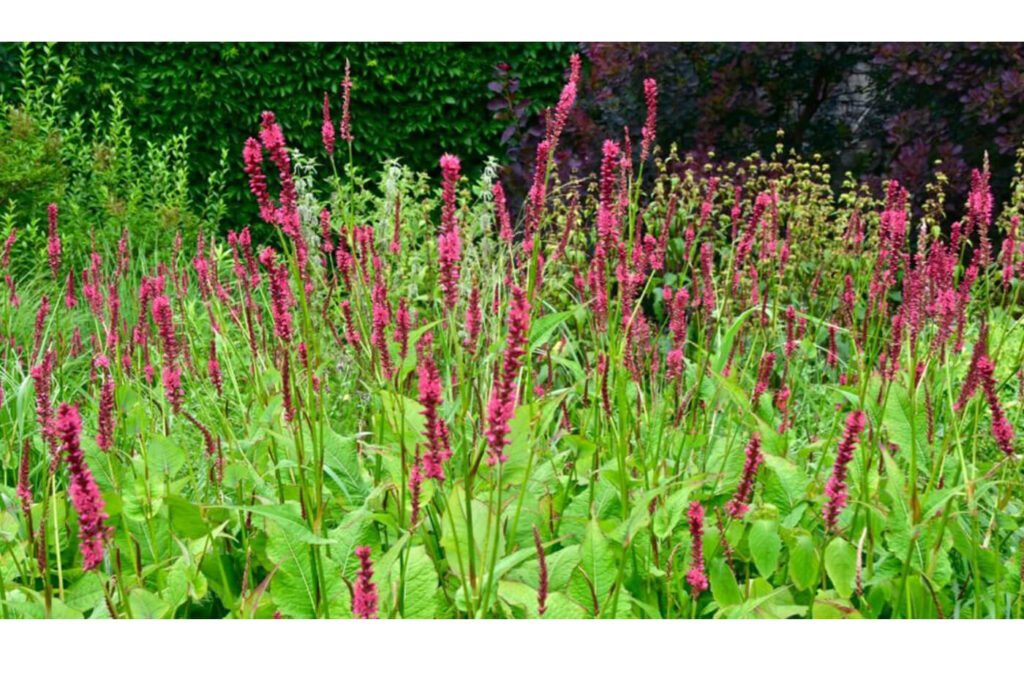
9. Jaws Stonecrop (Sedum) New Plant – A New Favourite
Originating in Tennessee, this sedum forms a bushy mound of succulent blue-green. The edges are deeply cut with cupped and curled leaves. Large heads of dusty salmon-rose flowers appear in late summer, later developing into brown seed heads with good winter interest. This plant is best used towards the front of a sunny border or in mixed containers where the unusual effect of the foliage may be best appreciated. This Zone 4 plant is essential for your garden if you want to attract migrating butterflies. Deer and rabbit resistance and tolerance to drought once established.
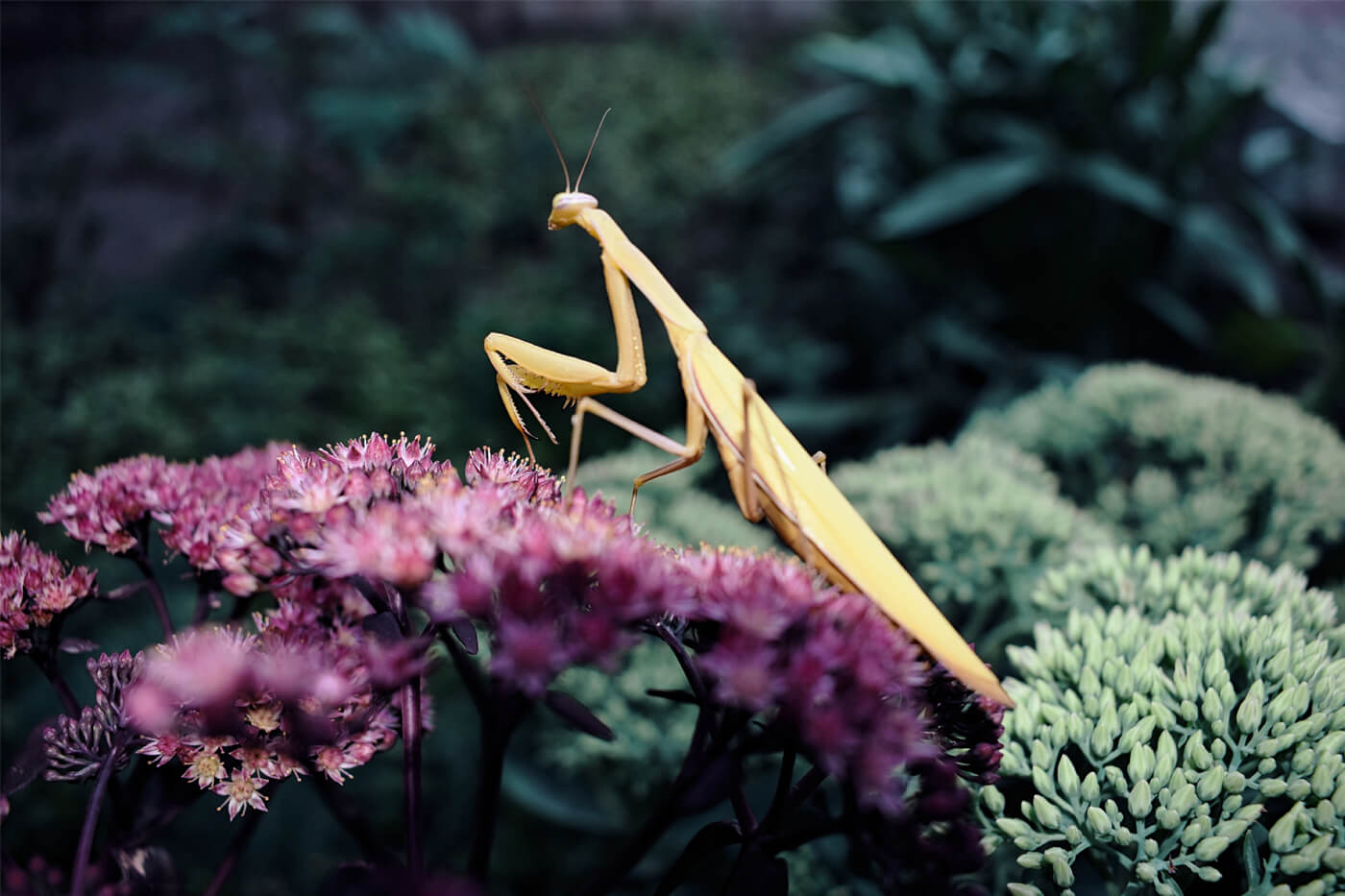
10. PowWow Wildberry Coneflower (Echinacea) Old Favourite
A popular native wildflower, this plant forms a mid-sized mound of coarse dark-green leaves, bearing large daisy flowers with magenta-pink petals surrounding an orange-brown central cone. Coneflowers are sturdy, easy-care perennials that perform best in a sunny location. They are outstanding for cutting. Removing faded flowers regularly will significantly increase the bloom period, and leaving a few dried seed heads on the plants at the end of the season will provide food for winter birds. An All-America Selection Winner in 2010, it blooms mid-summer, attracts butterflies and is deer-resistant to Zone 4.
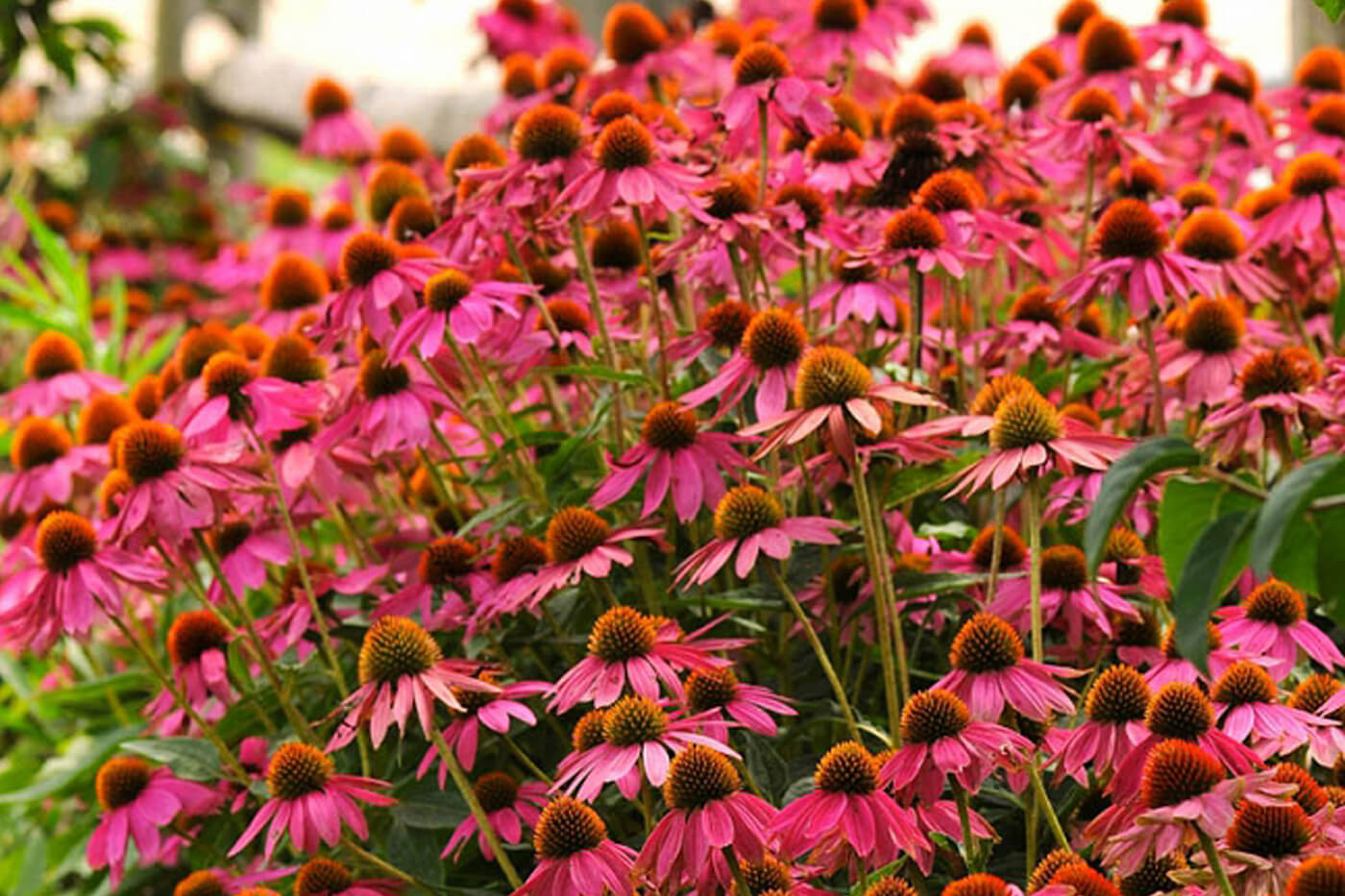
Happy Gardening
Lexi – The Gabby Gardener
**Plant descriptions courtesy of Heritage Perennials and Proven Winners.

No Comments
Beautiful!
I want them all. I love this blog.
Hi Joyce. These are some of my favourites for clients. Great colours. Very easy care. Happy Gardening. Lexi